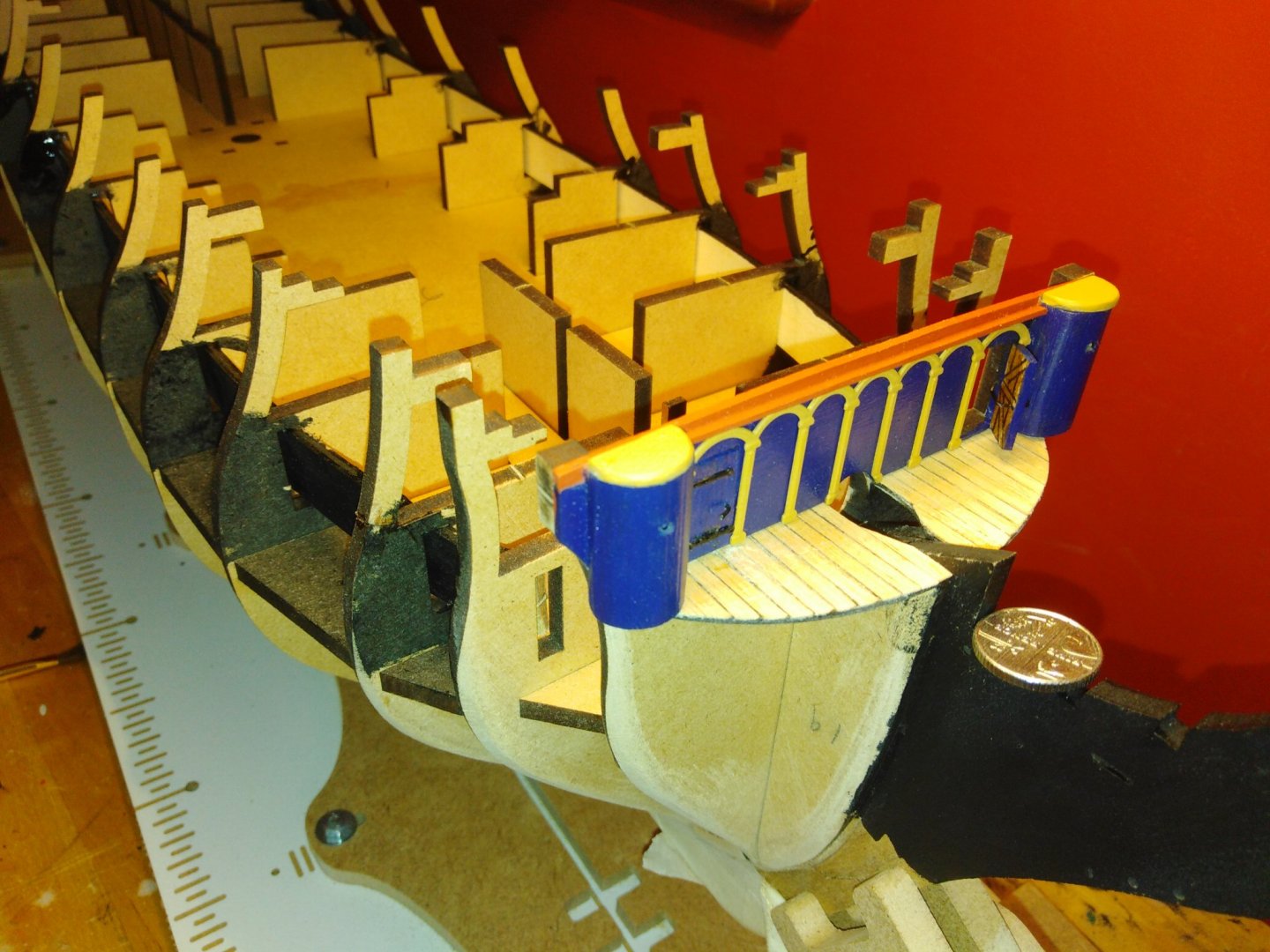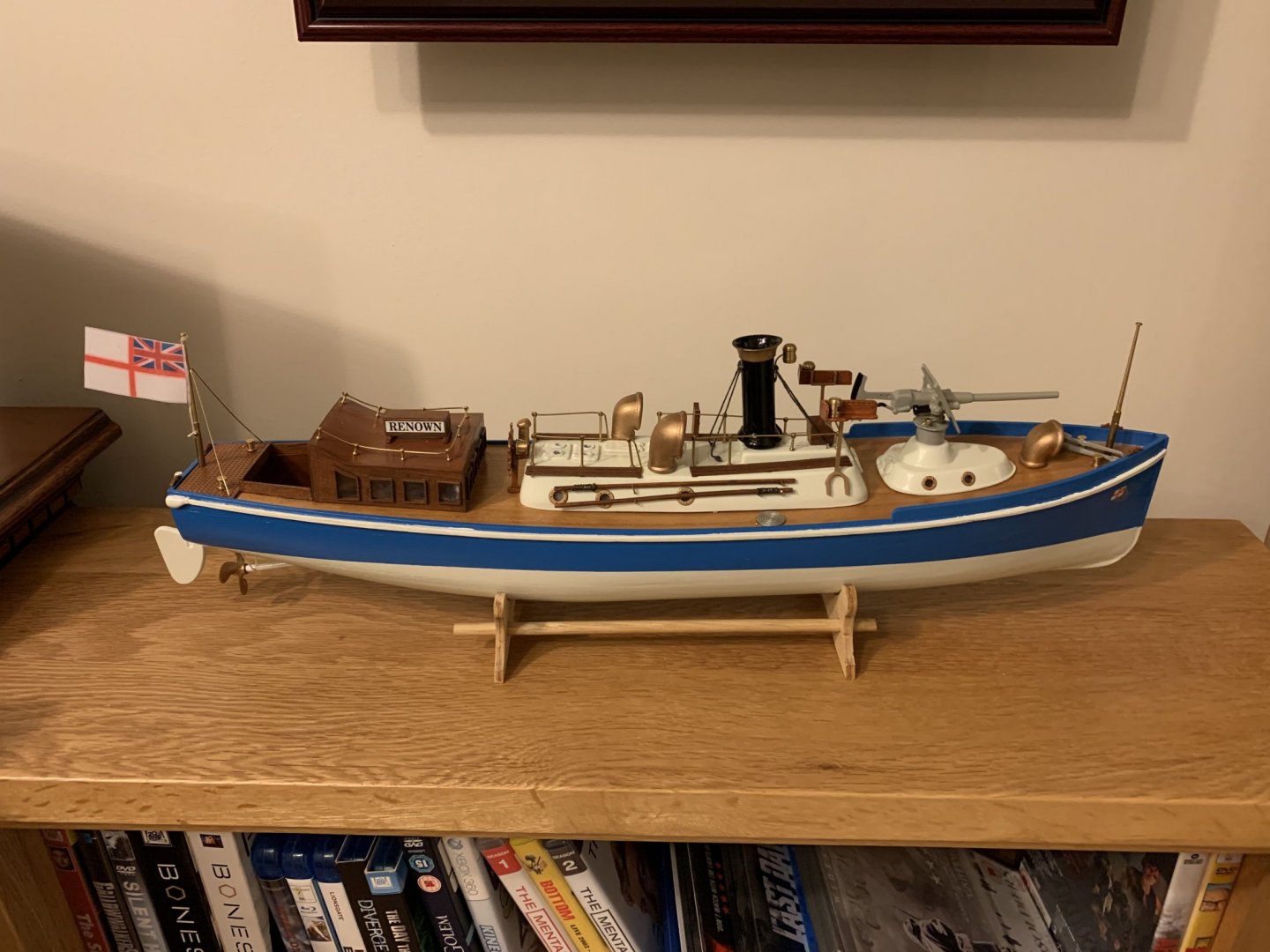-
Posts
590 -
Joined
-
Last visited
Content Type
Profiles
Forums
Gallery
Events
Posts posted by Ian B
-
-
-
-
-
-
-
Thanks for the quick response Allen. I will be using the Victory model kit but I hope to 'enhance it' some what. I just like adding that extra bit of detail that make so much difference and increases the satisfaction of the build.-- if that makes sense
 I have been reviewing the build logs on here for the kit and have some ideas already..
I have been reviewing the build logs on here for the kit and have some ideas already..
-
-
What! No tea and chocolate biscuits? Or at least a dried ring where the mug was LOL
 Nice selection ….
Nice selection ….
- Keith Black, JpR62, druxey and 3 others
-
 6
6
-
-
-
-
-
-
-
-
-
5 minutes ago, shipman said:
Hmpf! I've had two Unimat lathes for years, an SL and a later white enamel square shaped thing. I understand these are capable of tackling clock/watch work, so I would imagine 8mm brass belay pins would be possible. The trouble is, I've never used a lathe, so haven't a clue where to start. Speeds? Cutting tools? For such a 'simple' job I am in danger of over complicating what needs to be done. I've been toying with using an electric drill and files (which should be possible), then I remembered I have these lathes tucked away. Any advice please?
I'm following this thread with great interest as I would love to be able to use a lathe to form metal parts. I have a Proxxon wood lathe which I am very happy with for most wooden tasks ...
-
I like the time count
 more of us should follow suite...
more of us should follow suite...
-
certainly making great progress

-
-
what a great opportunity to get a super workshop I am sure it will be fab. I am moving house in 3 weeks time and for the first time ever wont have a space/workshop to use from day 1. So looking at getting something built ---the only issue is size-- I keep going bigger my wife constantly scaling back my plans LOL....
- Canute, thibaultron and druxey
-
 3
3
-
-
On 11/13/2019 at 8:47 AM, wefalck said:
This topic seems to pop up over and over again. A search through the various building logs might be useful ...
As druxey said, the 'dimples' are barely visible on the real ship from a view metres away. They are, however, one of those details that, when left off, may make the coppering look rather sterile. On the real thing you can see that there is something, but you can't really tell what it is, when you are some distance away.
What you can do depends very much on the scale you are working in. In scales of 1:48 or above, I would perhaps imprint lightly the nailing into the copper sheet using a copying wheel (sewing supplies) and then flatten them again from the back with a round piece of hard wood. This gives you quite realistic 'dimples' that are not proud of the surface.
There are very thin copper adhesive strips where you may use the same technique for even smaller scales. I have used them for rivetted plates, but not for copper sheathing yet using the above technique.
Always use a glue that sets by evaporating the solvent, i.e. contact cement, and not something that polymerises, i.e. CA cement. Copper ions can inhibit the polymerisation. Also CA can react with the oxide film on copper, leaving bright spots, and it is difficult to remove excess cement. Excess contact cement can usually be wiped off with a solvent.
Yes, this is a very re-occurring theme. I am following them as I will have similar questions later on my first attempt. Can I suggest there is a item logged under 'modelling techniques to go along with the planking and rope already there?
-
very much looking forward to seeing 'how' you go about this...:)
- mtaylor, Canute and popeye the sailor
-
 3
3




HMS Vanguard/Victory models decking pattern
in Building, Framing, Planking and plating a ships hull and deck
Posted
Thanks Gregory, a great resource. I shall book mark it